Missouri Native Plants List: 11 Amazing Wildflowers

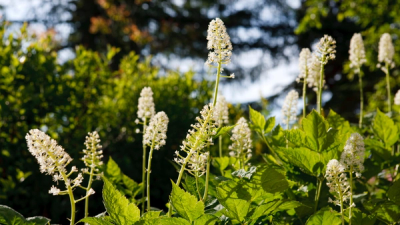
If you live in Missouri, My Home Park has over 25 low maintenance, pre-designed gardens that bring together diverse sets of native plant species produced by expert, organic growers who draw on diversified gene lines.
Missouri, the "Show Me State," contains a beautiful range of landscapes, from the Ozark Mountains' rolling hills to the vast grassy plains of its northern regions. This midwestern state is home to a rich collection of ecosystems has given rise to a rich array of native plants. For example, both the state flower (the Hawthorn Blossom, Crataegus punctata) and perennial garden favorite Purple Coneflower (Echinacea purpurea) can trace their roots back to Missouri's native soils. In this post, I'll introduce you to a handful of Missouri's native plants that you might have success cultivating in your own yard. Whether your garden basks in sunlight, enjoys dappled shade, or nestles under a dense tree canopy, there's a Missouri native plant ready to flourish in your landscape. But before we dive in...
What are Native Plants?
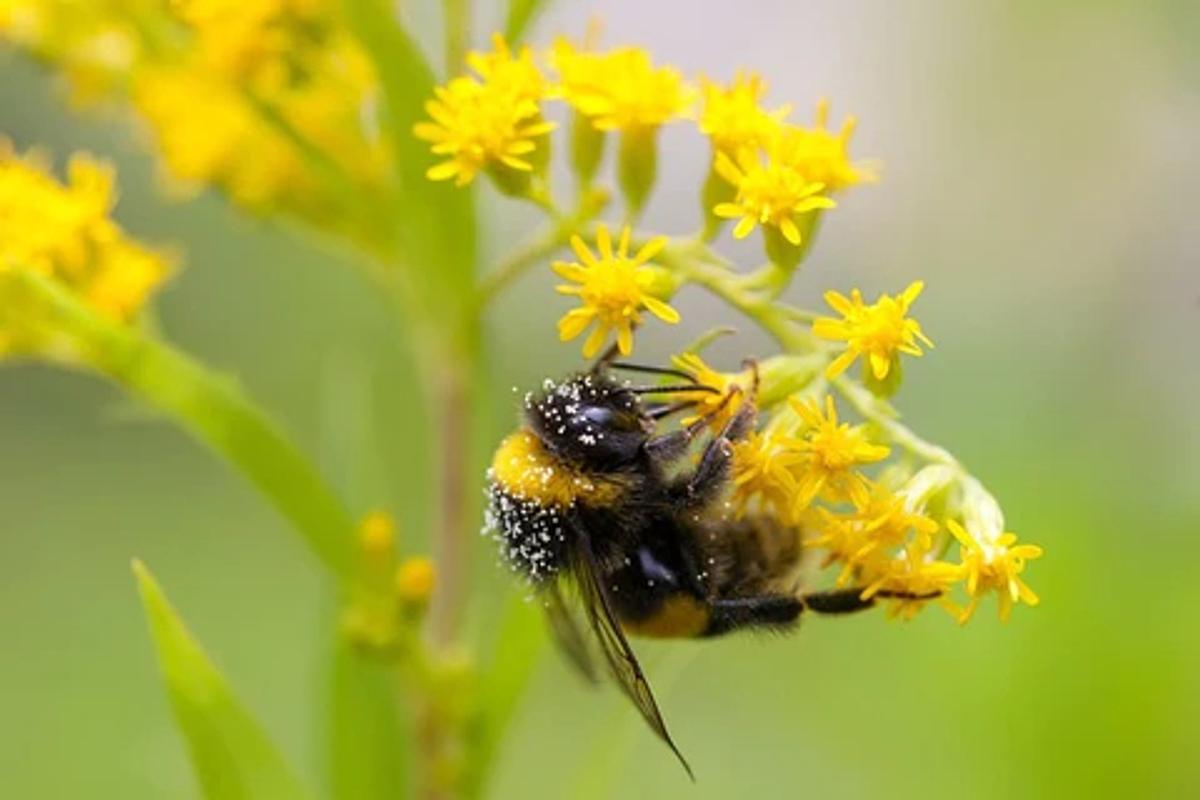
Missouri's indigenous flora that we celebrate today — as might be promoted and protected by the Missouri Prairie Foundation (link) or Missouri Native Plant Society (link) — are the progeny of ancient plants that populated this lower Midwest region long before the first European explorers set foot on this land. Over the millennia, these plants have evolved unique traits that equip them to flourish in Missouri's varied climatic zones, from the northern plains to the Ozark Mountains, all while serving as vital sanctuaries for native wildlife.
Integrating Missouri's many native wildflowers and plants into your garden or landscape does more than add regional flair; it offers direct ecological benefits to local wildlife and promotes natural diversity. Many of these native wildflowers and native grasses are hardy and adaptable, resilient in the face of drought, requiring little in the way of fertilization, and generally low-maintenance. Choosing the right native plants for your Missouri native gardens can elevate both its aesthetic appeal and its environmental impact, transforming your outdoor space into a haven for both beauty and biodiversity.
Why are Native Plant Species Important?
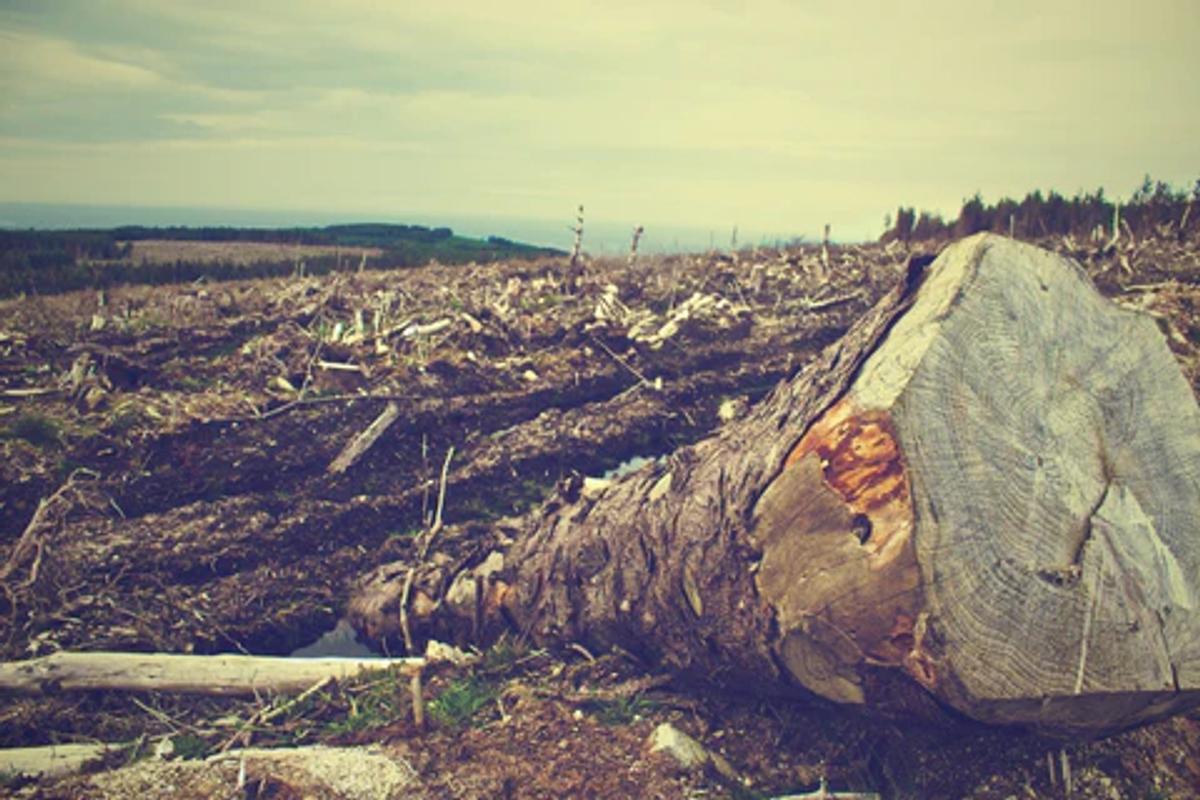
There has been an ongoing and incredible loss of animal life worldwide over the past 150 years. This is a tragedy that has affected almost every major group of wildlife, including the many bees, butterflies, birds, and other beneficial pollinators that allow our natural world to function. A leading driver of this crash is land mismanagement: as humans, on private land, we've spent far too long removing the native trees and herbaceous perennial plants our local wildlife needs and replacing them with non native species that do little or nothing to help. This has lead to the near-extirpation of especially sensitive biomes, including Missouri's prairies and other native grasslands.
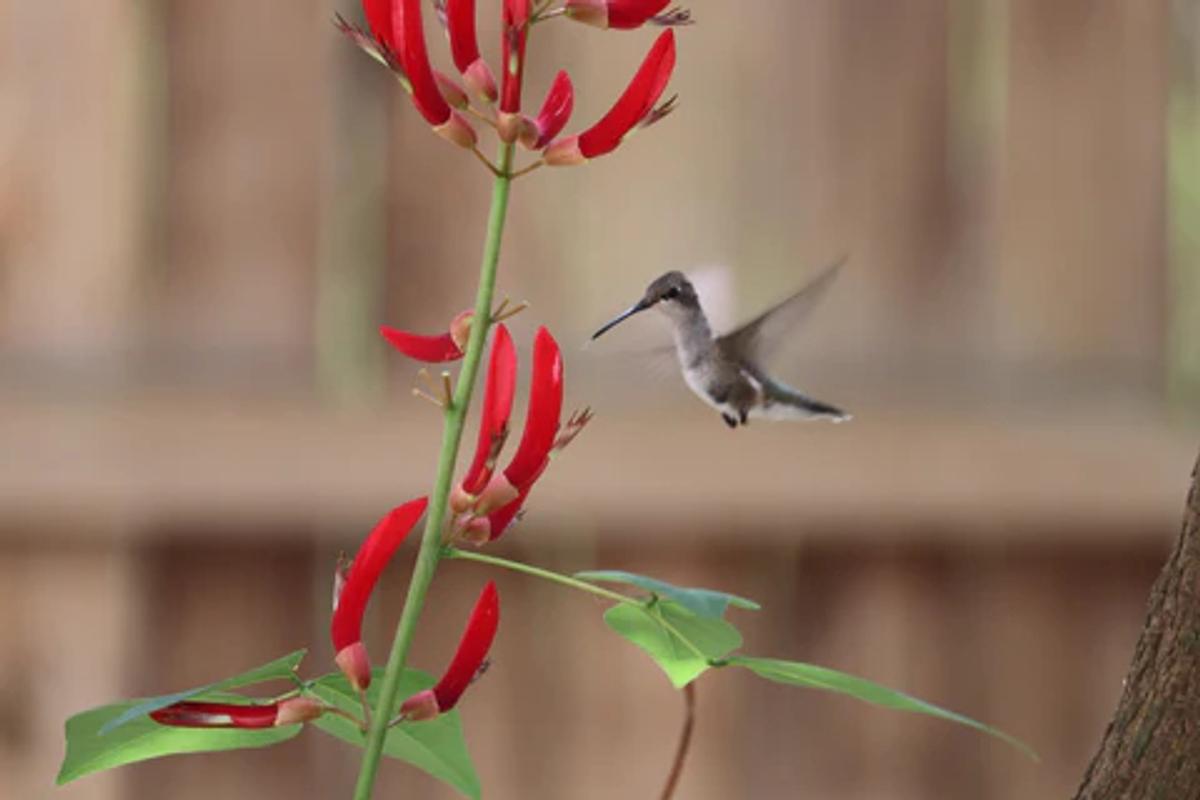
By contrast, the trees, shrubs, grasses, and flowers that are native to their areas are especially well-adapted to provide food sources and shelter for many beneficial insects, birds, and other wildlife. These plants also tend to cycle nutrients into the soil more efficiently, and retain more storm water, than any kind of turf grass. Many species of native plants can survive in poor soil conditions and are drought tolerant and deer resistant once established which also makes them a great choice for most gardeners. Simply by adding some Missouri native plants to our garden beds or other landscaping efforts, we can directly help to reduce atmospheric CO2, create fertile soil, and reestablish a healthy local ecosystem.
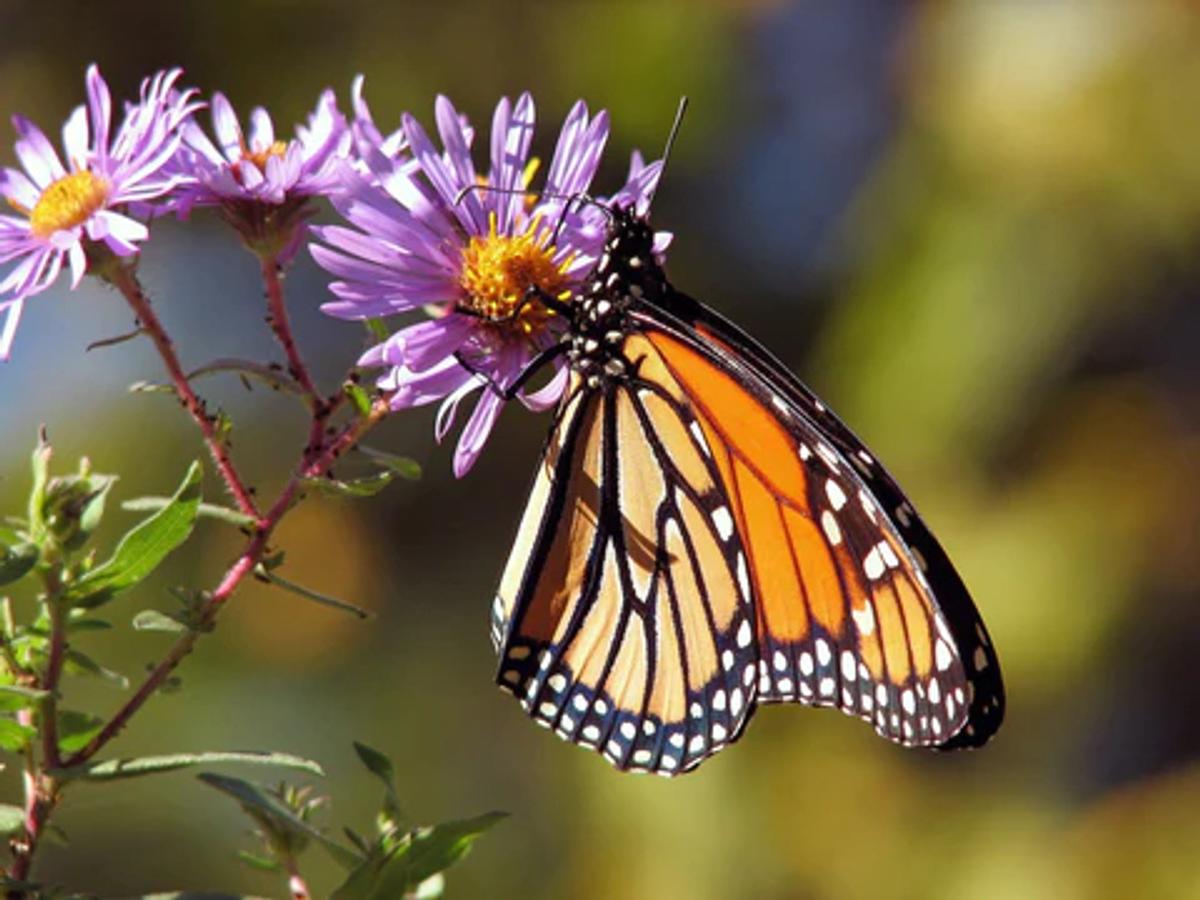
MO Native Plants for Landscaping
Below, I share just a handful of Missouri native plants, and split them into three major groups based on sun exposure: Full Sun, Partial Shade, and Full Shade. Each one of the plants listed will attract bees, butterflies, and many other beneficial insects and wildlife; and some can be found in My Home Park's pre-designed gardens for Missouri.
Native Plants for Full Sun

Butterfly Weed is a beginner-friendly perennial that brings both vivid beauty and ecological responsibility to your garden. Standing at 1 to 2.5 feet tall and wide, this manageable plant boasts striking clusters of orange or yellow flowers from late spring to early fall. It thrives in well-drained soil and prefers full sun, although it can tolerate partial shade. Once established, Butterfly Weed is drought-resistant and requires minimal care, making it an ideal choice for novice gardeners or those looking for low-maintenance options. Beyond its aesthetic appeal and ease of care, Butterfly Weed offers significant ecological benefits. Alongside other species of milkweed (any plants that include Asclepias in their scientific name), it serves as a host plant for the Monarch Butterfly (Danaus plexippus), offering a vital food source for both the caterpillars and adult butterflies. Additionally, its blooms provide nectar for a variety of other pollinators, from bees to beneficial insects. Its deep taproots aid in soil stabilization, an asset for erosion-prone areas. By incorporating Butterfly Weed into your garden, you're not just beautifying your outdoor space; you're also contributing to local biodiversity and ecological health.

Blue Vervain is a robust perennial that's perfect for gardeners seeking both visual allure and ecological utility in a low-maintenance package. Growing to heights of 2 to 5 feet, this plant features slender, spiky clusters of small purple-blue flowers from late spring to early fall. Preferring full sun to partial shade and wet to moist soil conditions, Blue Vervain is particularly well-suited for rain gardens or areas near water features. Beyond its striking appearance, the plant serves as a pollinator magnet, drawing in bees, butterflies, and other beneficial insects, while also offering medicinal properties traditionally used in herbal medicine. It's a versatile and valuable addition to any garden, offering a unique blend of beauty, ease of care, and ecological benefit.
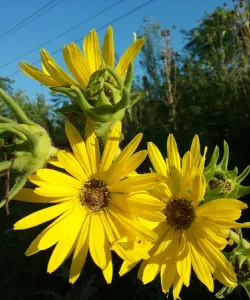
Compass Plant is an eye-catching herbaceous perennial that towers over many other native plants, reaching heights of up to 9 feet. Its striking yellow sunflower-like blooms make a grand appearance from late summer to early fall, adding a bold splash of color to any garden. Well-suited for full sun and drought-resistant once established, this plant is relatively easy to care for, requiring well-drained soil and minimal additional maintenance. Beyond its aesthetic qualities, Compass Plant holds ecological importance as well: its deep taproot system aids in soil stabilization, and its flowers attract bees and butterflies.
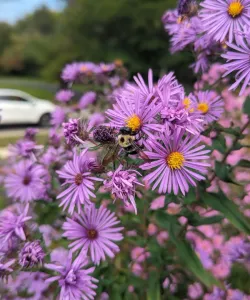
If you're aiming for a showstopper that requires minimal fuss, consider planting New England Aster. These perennials bloom from late summer to mid-fall, offering a lively display of daisy-like purple or pink flowers that contrast beautifully with their yellow centers. Usually standing 3 to 6 feet tall, they're an ideal backdrop for shorter plants in your garden. Just place them in a sunny to partially shaded spot with well-drained soil, and you'll find them to be rather forgiving even if neglected. Beyond their aesthetic appeal, New England Asters are ecological powerhouses in the garden, providing late-season nectar for monarch butterflies, bees, and other pollinators prepping for winter. The native range of this hardy plant covers much of the eastern U.S., making it a regionally adaptive addition that supports local ecosystems.

Black-Eyed Susan is a nearly a must-have perennial within their native range, producing cheerful yellow to orange flowers with dark centers from early summer all the way into fall. A manageable plant, it grows to heights of 1 to 3 feet and is content in full sun and moderately fertile, well-drained soil. You'll find it's pretty low-maintenance, making it a fantastic choice for gardening newcomers or those looking for hassle-free beauty. As with other species on this list, Black-Eyed Susans are also a hit with pollinators like bees and butterflies; and birds, especially goldfinches, enjoy its seeds.
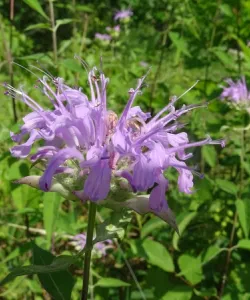
If you're keen on inviting hummingbirds and pollinators to your garden while adding a dash of aromatic charm, Bee Balm might be the plant you're looking for. Growing to heights between 2 to 4 feet, this herbaceous perennial sports unique lavender to pink tubular flowers that burst forth in whimsical, rounded clusters typically from mid-summer to early fall. It thrives in full sun to partial shade and appreciates moist, well-drained soil though will adapt well to average soil. Though it's easy to care for, it does benefit from good air circulation to prevent mildew, so give it room to breathe. This mint family member is native to a large portion of North America, this resilient plant aligns well with efforts to support local ecosystems and biodiversity. With its distinctive look and the flurry of winged visitors it attracts, Bee Balm adds both aesthetic and ecological richness to your garden.
Native Plants for Partial Shade

Wild Hydrangea is a deciduous shrub that makes for a summer spectacle with its showy clusters of white flowers. Standing 3 to 6 feet tall, it's a versatile addition to your garden, thriving in partial to full shade and tolerating a range of soil types. Care-wise, it's fairly straightforward, requiring only occasional pruning to keep it looking its best. But it's not just a visual treat; unlike many of its ornamentally cultivated cousins, this species actually serves an ecological role by offering nectar for native pollinators. With its combination of ease and elegance, the Wild Hydrangea is perfect for those seeking a low-maintenance plant that contributes to local ecosystem health.
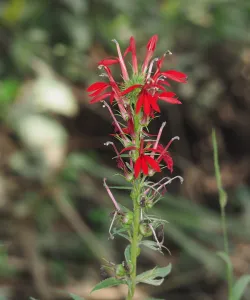
Cardinal Flower is renowned for its striking scarlet-red flowers and its role as one of the preeminent hummingbird attracting plants. This perennial wildflower thrives in wetland habitats and along the edges of streams, where its vibrant flowers stand out against its dark green leaves. Growing to heights of 2 to 4 feet, Cardinal Flowers can be added as native specimen plants to bring a striking vertical accent to gardens and natural settings. Its unique color and shape make it a standout choice for attracting attention and biodiversity. This plant's preference for moist soils and partial to full sun also aligns well with various wetland restoration projects and rain gardens.
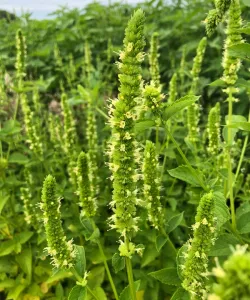
Yellow Giant Hyssop is a perennial that not only stands tall at 4 to 6 feet but also bursts with elongated, yellow-green flower spikes from late summer into fall. This sun-loving plant prefers well-drained soil and can tolerate drought, making it a hassle-free choice for any gardener. But what really sets it apart is its ecological charisma: its nectar-rich blooms are a haven for bees, butterflies, and other pollinators. Perfect for adding vertical interest and ecological balance to your garden, Yellow Giant Hyssop offers an alluring mix of beauty, resilience, and environmental synergy.
Native Plants for Shade
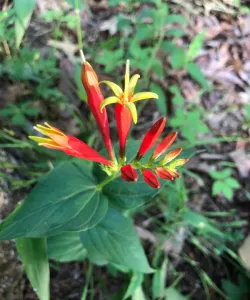
Indian Pink, also known as Woodland Pinkroot, is a captivating perennial that showcases striking red tubular flowers with star-shaped yellow interiors. Blooming in late spring to early summer, it makes a radiant statement in partial to full shade, ideally in rich, well-drained soil. The plant reaches modest heights of 1 to 2 feet, making it well-suited for understory or border plantings. It's a relatively low-maintenance species, but it does appreciate regular watering and a layer of mulch to keep its root zone cool and moist. Beyond its visual appeal, Indian Pink offers notable ecological benefits. Its unique flower structure is a special invitation for hummingbirds, which are its primary pollinators.

White Baneberry is also commonly known as "Doll's Eyes" for its striking white and black berries which can resemble eerie little eyes. This woodland perennial prefers shady spots and thrives in well-drained, moist soil. Growing to heights of 1.5 to 2.5 feet, it's a great fit for a shaded border or woodland garden. While the spring-blooming white flowers offer a subtle charm, it's the showy berries that steal the show in late summer. Keep in mind, though, these berries are poisonous to humans, but they serve as a food source for certain bird species. Easy to care for and ecologically valuable, White Baneberry is perfect for adding a touch of intrigue and wildlife support to your garden.

What You Can Do Today
If you live in Missouri, My Home Park has low maintenance, pre-designed gardens that bring together diverse sets of native plant species produced by expert, organic growers who draw on diversified gene lines. These gardens are designed to bloom from early spring to fall, beautifying your landscape while supporting wildlife. Check out our catalog for Missouri or in any of the other states we serve in the Midwest, Mid-Atlantic, and beyond to get started today!
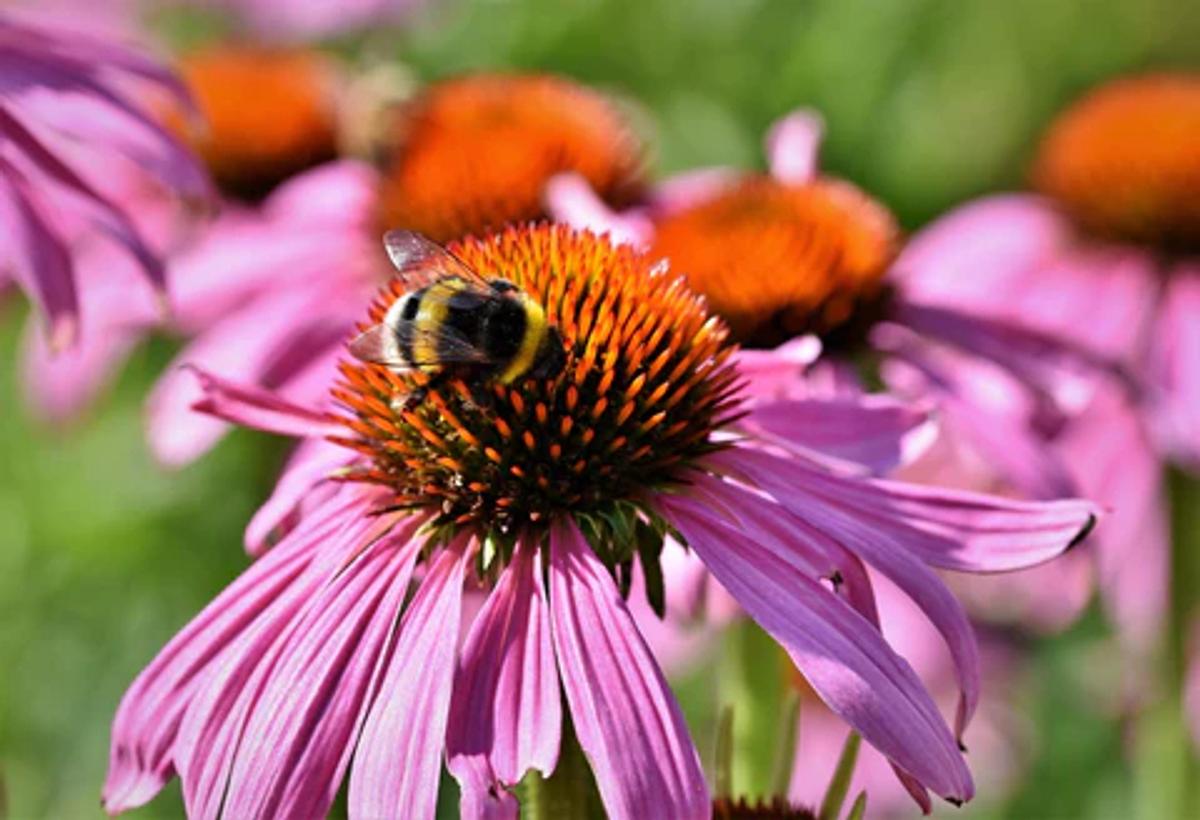
Share this article


